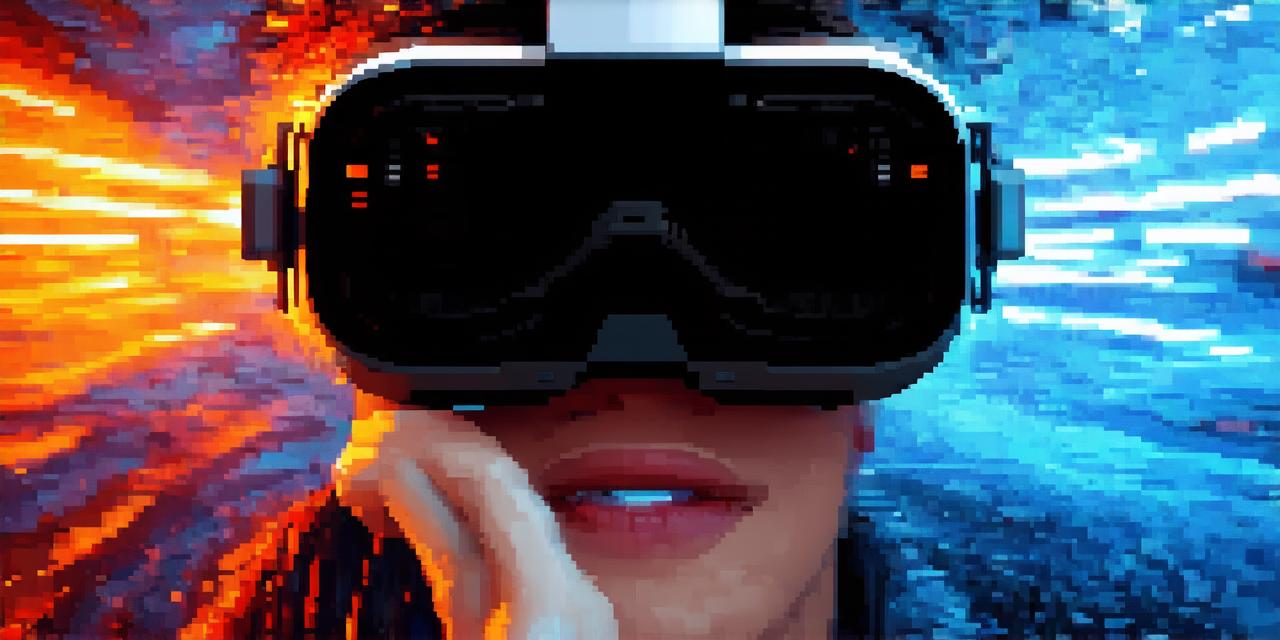The Science Behind Distinct Perspectives in VR
One of the main reasons why VR uses distinct perspectives for each eye is because of the way our brains process visual information. Our eyes send different signals to our brain, which then combines the information from both eyes to create a 3D image of the world around us. In VR, this process is simulated by providing each eye with a slightly different view of the same scene.
Research has shown that when two slightly different images are presented to each eye, our brain is able to fuse the information and create a more accurate representation of the environment. This is known as stereoscopic vision, and it is the basis for many VR systems.
By using distinct perspectives for each eye, VR developers can create a more realistic and immersive experience for users. For example, if you are standing in the middle of a virtual room, one eye might see a chair on the left side of the room, while the other eye sees it on the right side. This creates a sense of depth and perspective that makes the virtual environment feel more like the real world.
Case Studies and Personal Experiences
Many VR developers have reported positive results from using distinct perspectives in their products. One example is the Oculus Quest, which uses separate displays for each eye to create a more realistic experience. Users have reported that this feature makes it easier to immerse themselves in the virtual world and reduces motion sickness.
Another example is the Samsung Gear VR, which also uses separate displays for each eye. One user described the experience as “like being in a movie theater, but with a full 360-degree view.” The distinct perspectives allowed them to feel more immersed in the virtual environment and created a more realistic sense of depth and perspective.
How Distinct Perspectives Affect User Experience
Using distinct perspectives for each eye can also have a positive impact on user experience. Research has shown that users tend to have a better sense of spatial awareness when they are presented with stereoscopic images. This means that they are more likely to be able to navigate the virtual environment and avoid obstacles.
Additionally, distinct perspectives can help to reduce motion sickness, which is a common problem for VR users. Motion sickness occurs when the user’s brain receives conflicting signals from their eyes, causing them to feel dizzy or nauseous. By using separate displays for each eye, developers can create a more realistic and consistent experience that reduces the likelihood of motion sickness.
Frequently Asked Questions (FAQs)
Q: Why do VR systems use separate displays for each eye?
A: Separate displays for each eye help to create a more realistic and immersive experience by providing slightly different perspectives that mimic the way our brains process visual information.
Q: Does using distinct perspectives for each eye affect user performance in VR games?
A: Yes, research has shown that users tend to have a better sense of spatial awareness when they are presented with stereoscopic images, which can improve their ability to navigate the virtual environment and avoid obstacles.
Q: Can motion sickness be reduced by using distinct perspectives in VR?
A: Yes, motion sickness is a common problem for VR users, but using separate displays for each eye can help to reduce the likelihood of motion sickness by creating a more realistic and consistent experience.
